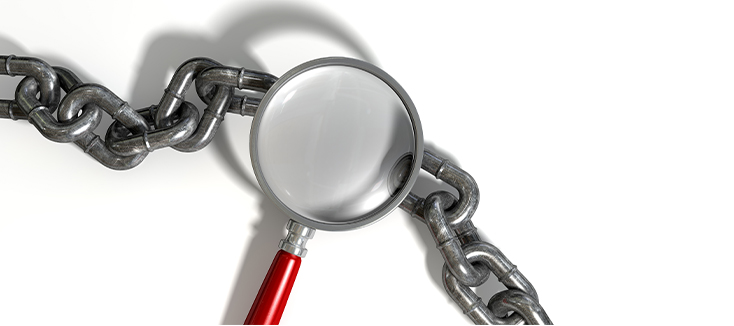The Spaulding Classification system for reprocessing medical equipment has been around for over eighty years and has been instrumental in helping to prevent the spread of healthcare-associated infections (HAIs). By categorizing reusable medical equipment into three groups, Spaulding Classification took the guesswork out of reprocessing procedures and provided uniformity and consistency throughout the industry. As a result, understanding Spaulding Classification and applying it is vital to ensuring the safety of patients for three main reasons.
Before tackling those, it may be a good idea to briefly review what Spaulding Classification is. According to the Centers for Disease Control and Prevention (CDC), Spaulding Classification is, “A strategy for sterilization or disinfection of inanimate objects and surfaces based on the degree of risk involved in their use. The three categories are critical, semicritical, or noncritical.” The World Health Organization (WHO) provides a useful graph that explains the details of Spaulding, but we can summarize the key points here. Critical items are those which break through skin or mucus membranes and come into contact with sterile body cavities (e.g. surgical instruments). Semicritical devices come into contact with mucous membranes or non-intact skin (e.g. transesophageal echocardiogram ultrasound [TEE] probes). Lastly, noncritical equipment only comes into contact with intact skin (e.g. stethoscopes).
Of course, the most important reason to understand Spaulding Classification is to be able to keep patients healthy and safe from the possibility of contracting an HAI. If, for example, a TEE probe (categorized as semicritical) is not high-level disinfected and only receives the wipe-down used for noncritical items, potentially dangerous bacteria could remain on the probe putting the next patient at risk. Conversely, if that same TEE ultrasound probe is subjected to the harsher requirements for critical items repeatedly, the device will degrade and the insertion tube will become rough and porous, making proper disinfection impossible and harboring dangerous bacteria.
Unfortunately, medical errors of this sort are all too common. A study by Johns Hopkins revealed that medical errors are the third leading cause of death in the United States. By paying close attention to the particular reprocessing requirements of each and every reusable medical device as laid out by Spaulding Classification, the spread of HAIs can be slowed and potential deaths can be avoided. If the healthcare industry is not doing everything possible to avoid these kinds of mistakes, credibility and trust in these institutions will continue to erode which will result in more deaths across the board.
By having a firm grasp of what Spaulding Classification entails, operators and infection preventionists (IPs) can have a better understanding of what exactly each device accomplishes and how it works within the human body. Oftentimes, operators and IPs must handle, use, or reprocess various medical devices and they can become a bit of a blur. By understanding Spaulding Classification and carefully applying it, those coming into contact with these devices will have a clearer vision for each one which can lead to better outcomes overall.
Using the wrong reprocessing procedure can lead to irreversible damage to expensive medical equipment. Many high-level disinfectants and the procedures used to sterilize critical devices are corrosive and can warp and degenerate various materials. In order to keep patients safe, this equipment must either be discarded and replaced at great cost or subjected to very expensive repairs. This not only wastes valuable resources, but can also impact the already high cost of health care for patients down the line.
As in the case mentioned above, TEE probes have a flexible insertion tube which is coated with an equally flexible sheath. If this sheath is heated too much or too frequently or is exposed to the wrong sorts of disinfectants, it will begin to degrade. This will result in microfractures and increased porosity, meaning that bacteria can take hold and create biofilm around itself. Once this happens, the biofilm is practically impenetrable and that probe becomes a biohazard to any future patients.
By always ensuring that Spaulding Classification is being utilized, you help safeguard patients’ health, you can learn more and better understand the function of your devices, and you can extend the life of valuable medical equipment and, consequently, the financial status of your facility. Such a simple step with so many significant repercussions cannot be overlooked.


